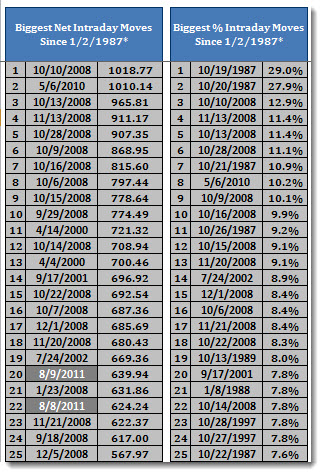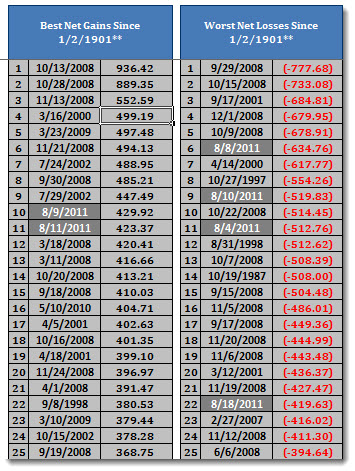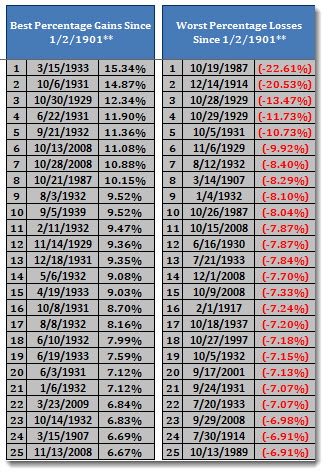As far as the the yearly performance of the DreamWorks Capital Management portfolio we finished in the red by -3.88%. Just a few months ago we were up by over 2%. Owens Illinois (OI) and Green Mountain Coffee Roasters (GMRC) were the main driver of the poor performance. It also didn't help to try to short the market either as our leveraged double short ETF the SDS finished down -10.74%.
Our loss was almost equally split between our long portfolio and our options portfolio with Disney the big winner there as they continued to perform but offset by the implosion of First Solar. Weak demand, potential lower industry subsidies, and competitive price pressure from Chinese solar manufacturers all hammered the stock which was one of the worst performers in the S&P500 losing 63.22%.
Forward looking I expect to see continued volatility continue throughout the first half of the year based upon what occurs with the European financial crisis. Europe has dominated markets and trading for most of the year especially the second half and I have no reason to believe that this will change until a hypothetical solution is crafted. The second half of the year brings the US presidential election which could potentially drive additional uncertainty. I think that a win by the Republican nominee likely Mitt Romney would be a reason the market rallies and volatility comes down. A win by President Obama could bring continued uncertainty with markets as regulation which has been welled documented by small and medium sized businesses as their biggest issue as far as excess costs and job destroyers will remain intact as part of the administration's domestic policy.
So what does this mean at the end of the day? I see more of 2011 in 2012. Defense will likely be the best offense so that means we will likely carry an excess amount of cash and wait for stocks that fit out thesis to go on sale. I have a few long-term strategies based on the health care and agriculture industries which I believe you should take a long view approach to but even then you have to be nimble enough to protect profits. Remember in 2008/2009 correlation among most asset classes and industries came to one which meant most assets lost their value as the markets went down. Even the best long-term plan can become insolvent.
On those notes this is likely my last post for 2011. Again I would like to thank everyone he has started this journey with me here at DreamWorks Capital Management. If you get a chance review the post from yesterday Find What you Love the 2005 commencement address that Steve Jobs made at Stanford.
"Stay Hungry. Stay Foolish"










